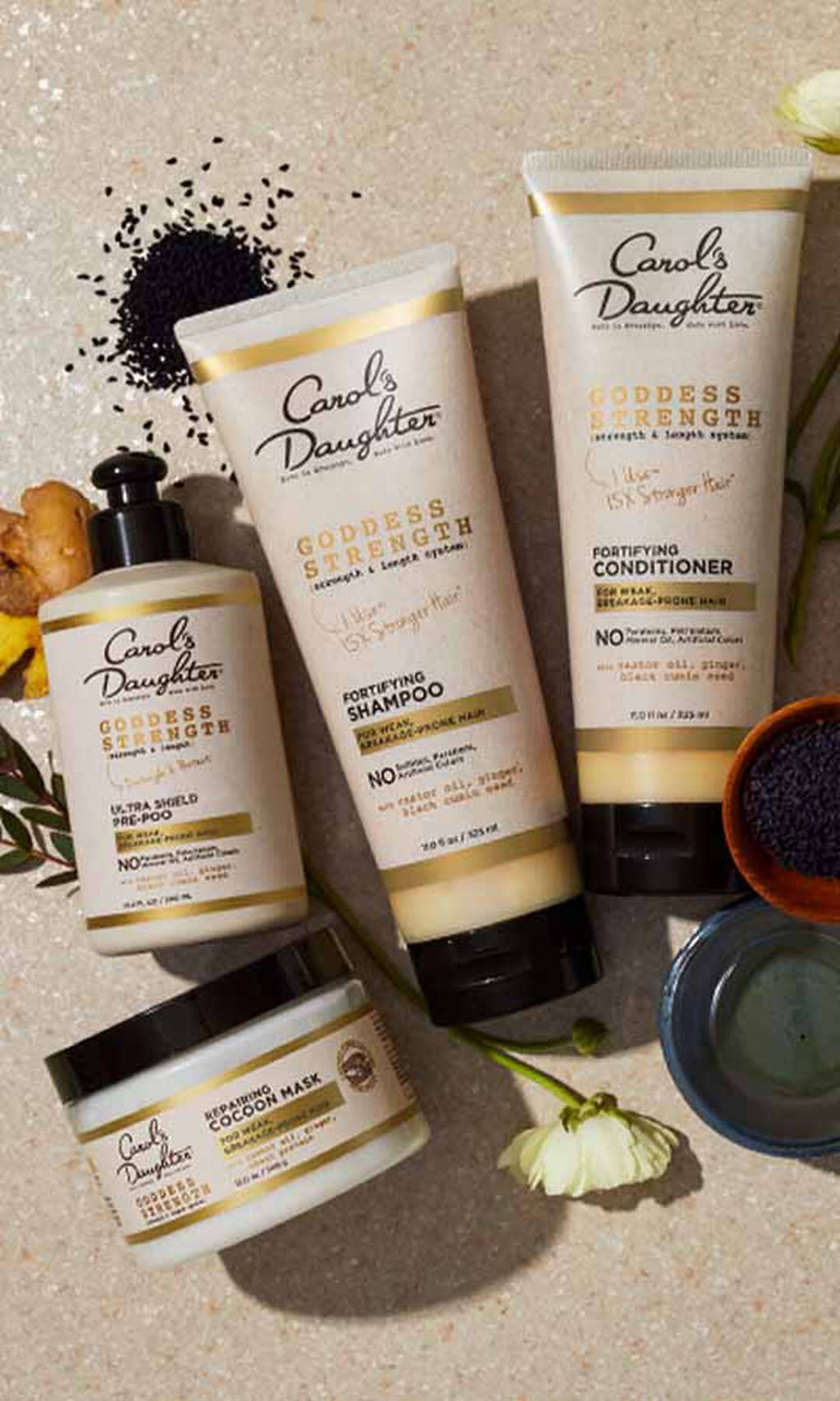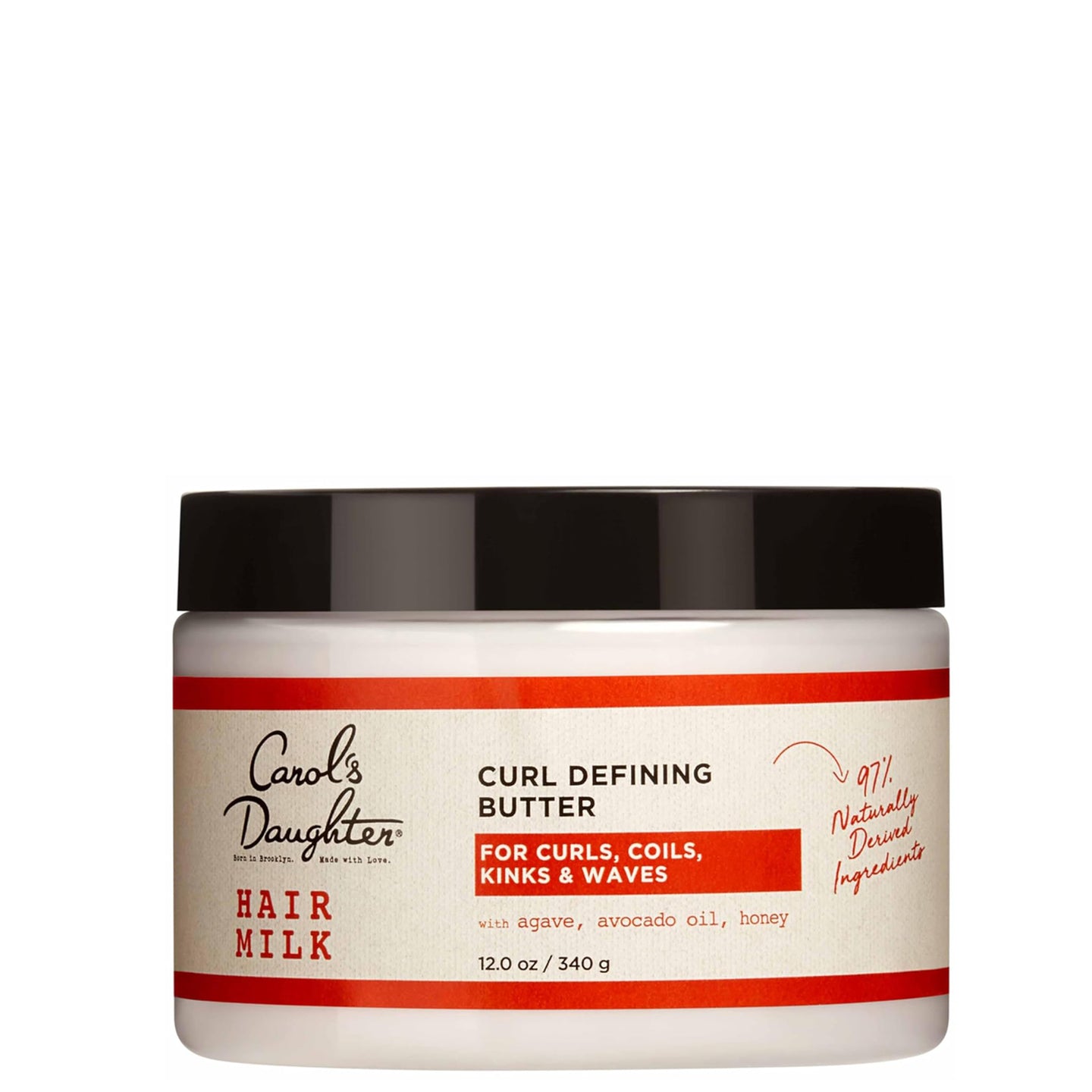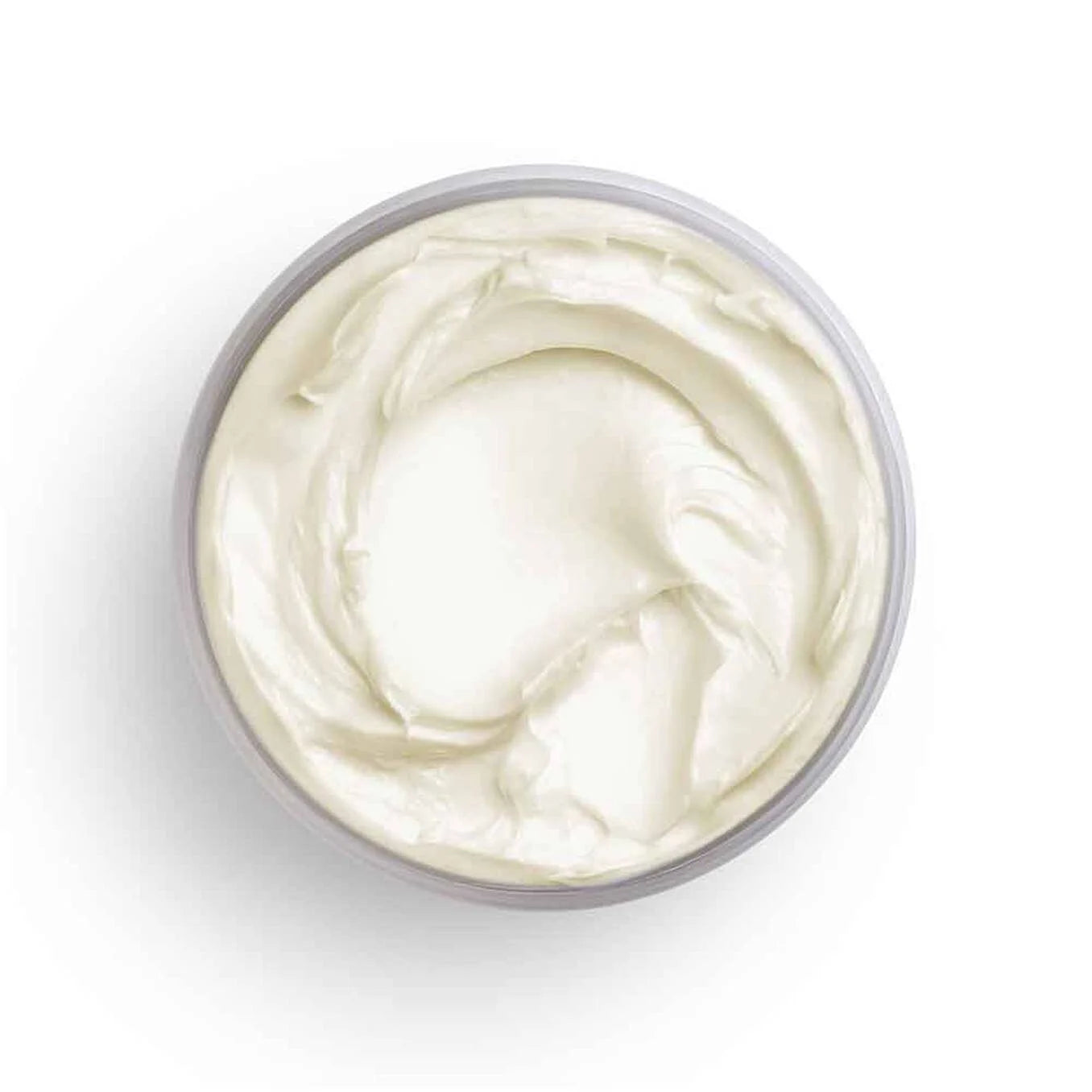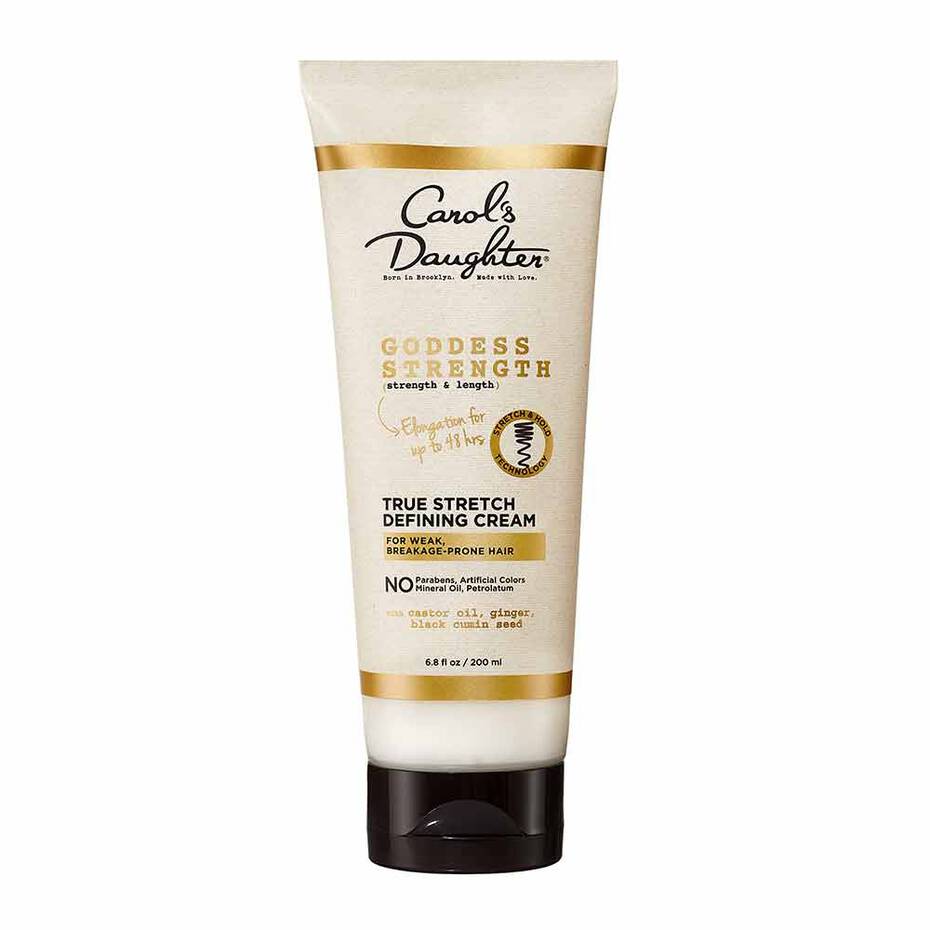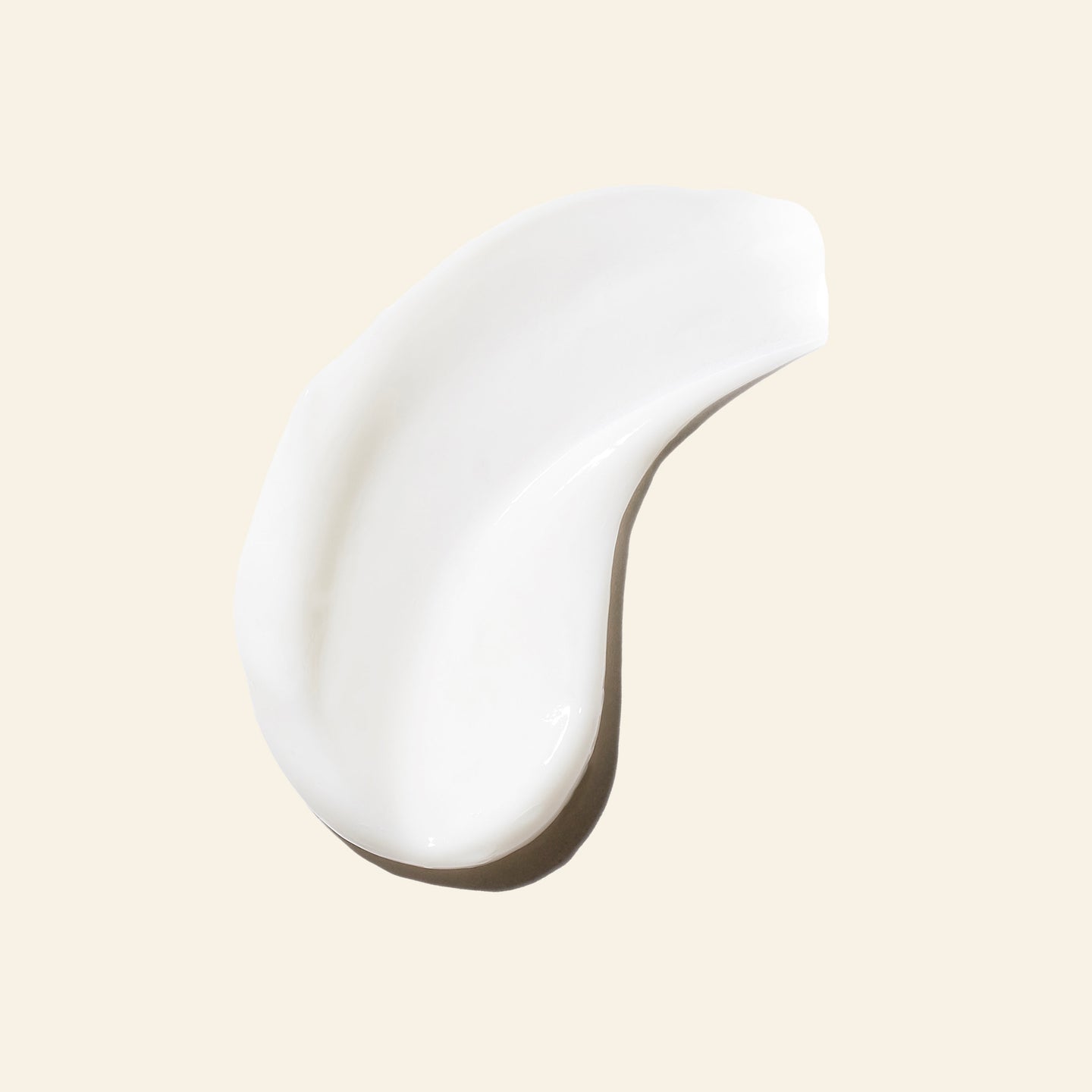Transitioning to Natural Hair

Hair Porosity and Transitioning
Determining whether your hair has low, medium or high porosity will help in finding the proper hair care products for transitioning to natural hair.
Hair porosity refers to your hair’s ability to soak up and retain moisture. Each strand has an outer shell known as the cuticle, and along the cuticle are cells that are overlaid like flaps.
In low porosity hair, the flaps are more closely set against one another, making it difficult for the strand to absorb and hold in moisture. As a result, low porosity hair takes longer to wet and absorb hair products. It can also be fragile or brittle.
In high porosity hair, the cells are layered in a more open arrangement, allowing for easier moisture entry — and escape. This kind of hair can look frizzy and dry.
Medium porosity hair, considered ideal, falls in the middle: it’s neither too slow nor too quick at soaking up and retaining moisture, and it tends to be shiny and healthy.
If you have curly hair that can get frizzy, you might automatically assume you have highly porous hair. However, that’s not always the case.
You can find out your hair porosity with a simple test. Fill a glass of water and pull out a few hair strands from different parts of your head. Then drop each strand into the glass. If a strand sinks to the bottom, it has high porosity. If it rises to the top, it has low porosity. And if it settles somewhere around in the middle, it has medium porosity.
Now that you know your hair’s porosity, choose your transitioning hair care products accordingly. High porosity hair works best with rich moisturizing products like butters and creams. Low porosity hair is a better match for lightweight moisturizers such as hair oils and sprays. Medium porosity hair fares well with creams and leave-in conditioners.
Choosing the Right Hairstyles
Your natural hair journey is the perfect time to have fun with protective styles and other types of looks before you switch to hairdos for your natural hair texture. There are tons of looks to choose from when transitioning to natural hair.
Short Hair
-
Bantu Knots: This hugely popular style from the 90s is edgy and easy to do.
-
Braided Bob: Keep it short and chic and add your own spin with bangs or a deep side part.
-
Mini Twists: Because this low-maintenance, versatile style can take days to DIY, you might want to seek a pro who will do it for you.
Medium Hair
-
Cornrows: No matter which pattern you go for, count on this look to keep your transitioning hair protected.
-
Twists: This low-tension style is simpler to install than braids but also unravels quicker, which could work for you if you plan to change your styles frequently.
-
Half-Up, Half-Down: Pull your hair away from your face (and hide new growth) while showing off your length.
Long Hair
-
Knotless Braids: Compared to box braids, these are a lower-tension, lightweight, painless style.
-
Top Knot Bun: Keep the entire length of your hair protected and styled in this look.
-
High Pony: Making your pony sleek can help to hide the natural texture of your hair that’s started growing in.
-
Space Buns: This concert-ready ‘do is easy, fun and edgy.
Other Styles
-
Silk Press: To minimize damage, this straightening technique begins with clean hair that’s been prepped with heat protectant. It’s followed by blow drying and flat ironing at a low heat setting and finishing with a shine serum.
-
Flexi Rod Curls: Bendy foam rollers let you control each curl’s width. The end result is bouncy, heatless curls.
Managing Two Textures
As you’re transitioning to natural hair, your strands will take on two textures: your natural texture starting at the roots and your relaxed texture at the ends, which should be trimmed throughout your journey. There’s no need to be intimidated: this is just part of the journey and won’t last forever. To manage both textures, put your hair in any of the styles we’ve mentioned, from braids and twists to sleek or curly styles. In between ‘dos, care for your strands with a wash and styling routine specifically for your hair type that’ll also keep your hair protected.
Trimming Techniques
If you want to avoid a big chop so you can keep as much of your hair length as possible, regular trims are a must. It’s best to get a trim every couple of months, either by DIY or going to a professional hairstylist.
To trim your hair at home, make sure you’re using hair shears, which are made with thin, long, sharp steel blades. Their design enables quick, precise cuts, whereas scissors have wider, blunt blades that tug at hair, which can cause damage.
You’ll also want to decide whether to trim your hair while it’s wet or dry. Wet hair is easier to cut because the strands stay put when you trim them section by section. The downside to this is that once your hair dries, the final result may differ from what you expected due to shrinkage. When working with dry hair, individual strands will move around more, but you’ll be able to see the result immediately.
As for how you’ll trim your hair, see below for a few popular techniques that reduce length and split ends.
Technique 1: Cutting Straight Across
This method removes the most hair.
-
Step 1: Divide your hair into sections.
-
Step 2: Comb through a section of hair to detangle it.
-
Step 3: In one hand, secure a section of hair between your middle finger and pointer finger. Your hair should be held taut and your fingers should be placed right above where you plan to cut your hair.
-
Step 4: Holding shears in your other hand, snip off the hair that’s directly underneath your middle finger and pointer finger by cutting straight across.
-
Step 5: Repeat for all other sections.
Technique 2: Dusting
Try this method to keep your length while getting rid of split ends.
-
Refer to Technique 1 for Steps 1-3.
-
Step 4: Holding the shears in your other hand, snip off just the split ends underneath your middle and pointer fingers. Just like in Technique 1, you’ll want to hold your shears horizontally when cutting.
-
Step 5: Repeat for all other sections.
Technique 3: Twisting
Like dusting, this technique is for split-end removal but involves twisting hair to better spot frayed ends and damage.
-
Step 1: Divide your hair into sections.
-
Step 2: Comb through a section of hair to detangle it.
-
Step 4: Twist the hair and use one hand to secure it near the ends.
-
Step 5: As you twist your hair, you’ll start to see hair that sticks out or is drier/damaged. With your other hand, use shears to trim off these hairs.
-
Step 6: Repeat for all other sections.
Managing Frizz and Flyaways
Frizz and flyaways are inevitable when transitioning hair. To keep them at bay, check out our products for frizzy hair. We’ve got everything from gels to sprays to keep your hair styles looking their best in between protective styles.
Hair Accessories and Tools
During your transitioning hair phase, the goal is to protect your hair from damage so your natural curls and coils grow healthily. Avoid metal hair accessories, which could pull or snag at hair, and opt for silk or satin scrunchies, headbands and wraps over cotton alternatives. Though easier to find, cotton hair accessories can pull much-needed moisture from your hair.
In addition, keep heat styling to a minimum. On days when you’ve gotta use your hot tools, select a low setting and always prep strands with a heat protectant.
Setting Realistic Expectations
As you embark on your transition to natural hair, remember that everyone’s journey is unique, and you won’t see changes overnight. Growing out your relaxer could take longer than expected, and that’s totally normal. Celebrate the small milestones, such as your first few inches of fresh hair growth, and enjoy the ride. You’ll be embracing your natural texture in no time.
Maintenance Beyond Transitioning
Once your transition is complete, it’s all about maintaining the health and look of your natural curls or coils. While you’ll still be able to use some of your favorite hair products, you can now also take advantage of all the amazing curl-enhancing hair care designed for natural hair, like our Hair Milk Curl Defining Butter and our Goddess Strength True Stretch Defining Cream. Transitioning to natural hairstyles gives you access to a whole new range of looks.



